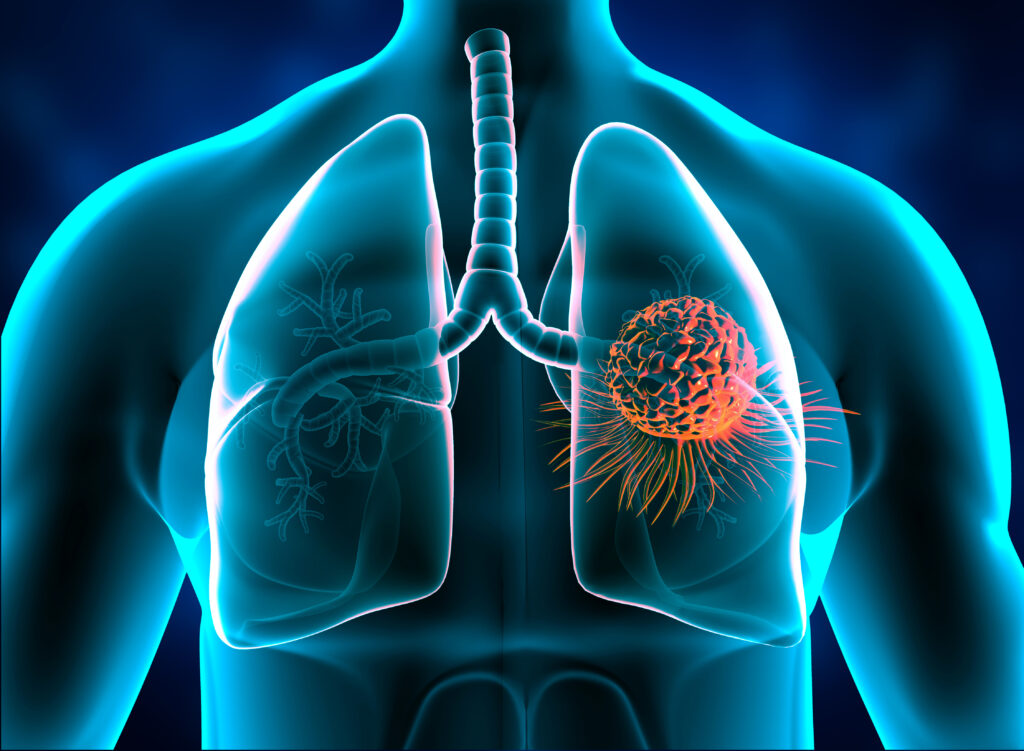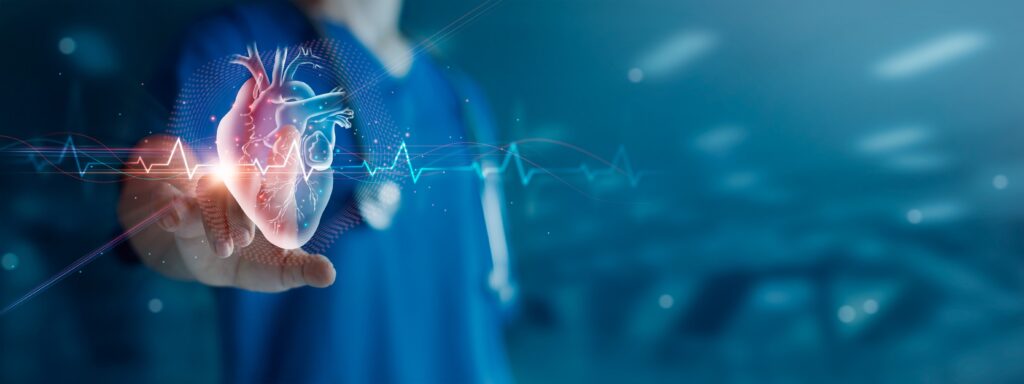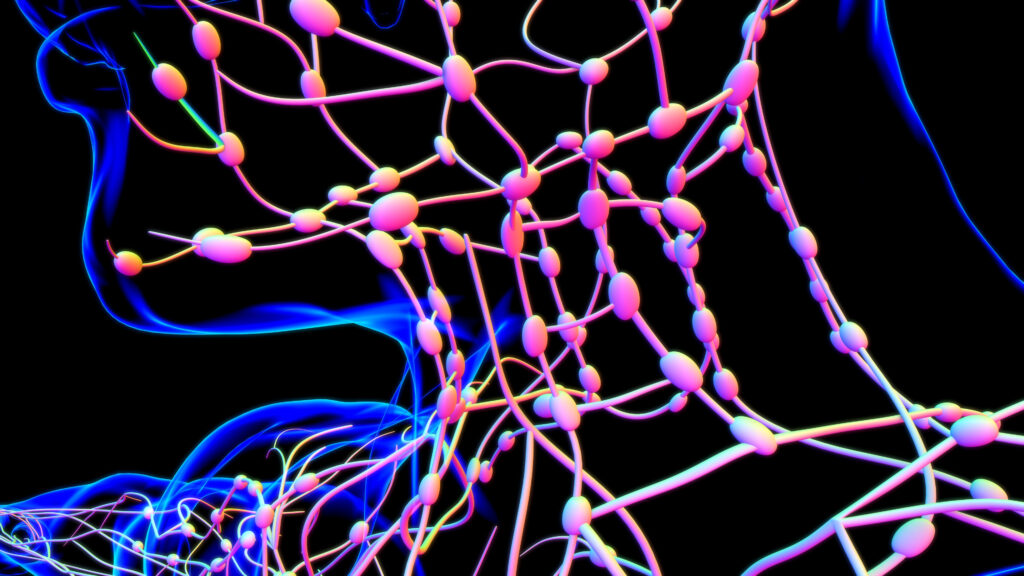Preventing lung cancer entirely is not feasible as it is not like bacteria you can vaccinate against. However, there are specific measures you can take in order to reduce lung cancer risk. These steps include maintaining a healthy diet, regular exercise, minimising exposure to certain chemicals, and of course, quitting smoking.
According to World Cancer Research Fund, lung cancer is the 2nd most common cancer in the world. It is the most common among men, and second most common among women. In 2020, there were more than 2.2 million new cases of lung cancer globally.
Similar to many other forms of cancer, lung cancer is a severe illness, and if left untreated, it can be fatal. This blog will explore strategies that can help with lung cancer prevention, the role of air pollution in this condition, and potential early warning signs.
Can Lung Cancer Be Prevented?
Cancer forms when the body’s cells undergo abnormal mutations, leading to abnormal cell growth that can result in tumours and other damage to surrounding organs and tissue.
While the exact cause of lung cancer can be elusive, scientists believe that exposure to certain chemicals can increase lung cancer risk. Preventing lung cancer entirely may not be possible, but there are ways to reduce the overall risk of cancer and specifically lung cancer.
People who are older in age are usually higher risk of developing this, and other diseases.
Here are six of the main lung cancer risk factors and what you can do to lower them:
- Quit Smoking: Smoking is the most significant risk factor for lung cancer. According to the CDC, cigarette smoking is the number one risk factor for lung cancer. In the United States, cigarette smoking is linked to about 80% to 90% of lung cancer deaths. Quitting smoking substantially lowers the risk of developing lung cancer. It’s worth noting that exposure to secondhand smoke can also lead to lung cancer, so as a smoker, not only are you harming yourself, but you are increasing risk for others. Maintaining a smoke-free environment is essential to help reduce lung cancer risk.
- Quit Vaping: Most recently, the UK government has released a statement that the will be banning all single use vapes due to fears about children’s health. Children have access to vapes and vaping products, and as such are already increasing their risk of developing lung cancer when they’re older.
- Healthy Diet: Maintaining a healthy diet can contribute to lowering the risk of various cancer types. Research suggests that factors like a high body mass index (BMI), inadequate dietary fibre intake, and excessive consumption of processed meats and alcohol can increase the risk of cancer. A diet rich in fruits and vegetables may help reduce the risk, although more research is needed to confirm this.
- Regular Exercise: Engaging in regular physical activity can help individuals achieve or maintain a moderate BMI, potentially reducing their risk of lung cancer. Studies have shown that exercise can decrease lung cancer risk by 20-30% in women and 20-50% in men.
- House Ventilation: Radon, a naturally occurring radioactive gas, and according to research, is responsible for up to 10% of lung cancer cases due to indoor exposure. Proper ventilation can significantly reduce radon levels in homes, and the Environmental Protection Agency (EPA) provides guidance on checking radon levels.
- Avoid Workplace Carcinogens: Certain chemicals, such as asbestos, are known carcinogens that can increase the risk of lung cancer. People who work in environments where exposure to these substances is possible should always use appropriate protective clothing and equipment in order to reduce their risk of lung cancer or other lung disease.
The Role of Air Pollution:
Research is increasingly uncovering the connection between air pollution and lung cancer. Multiple studies have shown a link between higher levels of air pollution and an increased risk of lung cancer.
While these associations are not definitive, they are plausible, suggesting that moving to less polluted areas could potentially reduce the risk of developing lung cancer.
Early Symptoms of lung cancer:
The early signs and symptoms of lung cancer can vary, but common ones include:
- A new cough lasting 2-3 weeks.
- A chronic cough that worsens over time.
- Frequent chest infections.
- Breathlessness.
- Occasional coughing up of blood, though this is less common in the early stages.
It’s crucial for individuals experiencing these symptoms to seek medical attention promptly. While these symptoms don’t necessarily indicate lung cancer, they could be indicative of other serious conditions. An early diagnosis can significantly improve the chances of successful treatment and recovery.
Types of lung cancer
Lung cancer encompasses various types, all stemming from the abnormal growth of cells that form malignant tumours and harm the nearby tissue. Toxins from tobacco and other environmental factors can damage cell DNA, altering their behaviour. The two main types of lung cancer are as follows:
Non-Small Cell Lung Cancer (NSCLC):
This is the most prevalent form, making up 80-85% of all cases according to the American Cancer Society. Subtypes include:
- Adenocarcinoma: Originating in the outer lung regions, making it easier to detect before spreading.
- Squamous Cell Carcinoma: Developing in the airway linings within the lungs.
- Large Cell (Undifferentiated) Carcinoma: It can manifest anywhere in the lungs, growing and spreading rapidly.
Small Cell Lung Cancer (SCLC):
Accounting for approximately 10-15% of lung cancers, SCLC is known for its rapid growth and spread. By the time of diagnosis, about 70% of cases have already spread to other parts of the body.
Treatment of lung cancer:
Treatment for lung cancer varies based on the type and severity of the disease. For NSCLC, treatment options may involve:
- Surgery to remove tumours.
- Chemotherapy drugs to shrink or eliminate cancerous cells.
- Radiation therapy.
- Targeted therapy drugs designed to hinder cancer’s growth and spread.
In the case of SCLC, individuals typically receive:
Radiation therapy and chemotherapy, or radiation along with immunotherapy. Since SCLC frequently metastasizes to other body parts, surgery may not be effective.
The primary risk factors for lung cancer include smoking, exposure to secondhand smoke, radon, air pollution, and other carcinogens. A personal or family history of lung cancer can also result in higher risk.
Mitigating the risk of developing lung cancer involves quitting smoking, addressing environmental hazards such as radon and asbestos, and maintaining spaces free from cancer-causing substances whenever possible.
Although it’s impossible to completely prevent lung cancer, leading a healthy lifestyle can reduce the likelihood of developing this disease. Regular exercise, maintaining a healthy BMI, minimizing exposure to air pollution, and using protective gear in hazardous work environments can all contribute to lowering the risk of lung cancer. If anyone experiences early symptoms of lung cancer, they should seek immediate medical advice.
Lung cancer prevention at Echelon Health
At Echelon Health we have created the Platinum Assessment that helps us detect up to 92% and 95% of preventable causes of death among men and women, respectively.
Through a combination of the most advanced imaging technology available today (CT, MRI and ultrasound), comprehensive blood tests (over 40 parameters) and over 30 years of combined clinical experience of our staff, we are able to visualise tumours as small as 1-2mm.
This allows us to look at each individual client’s health in great detail, and by using the correct modality for the correct body part we know we can get the best results every time. The Platinum Assessment covers many diseases, including lung cancer. We can, with great certainty say, that this health assessment is one of the best available in the world today.
In the table below, you can see the full list of scans and detected diseases in the Platinum Assessment:
| Scan | What it detects |
| Medical Questionnaire & Pre-Assessment | Every Client completes a detailed Medical Questionnaire that ensures a full medical history is taken. This is reviewed by one of our Doctors who may need to speak with you to establish more detailed information relating to your health and risk factors. |
| Blood Tests | Used to detect various abnormalities in hormones and other indicators of cancer, vitamin deficiencies, anaemia and more. |
| ECG | An Electrocardiogram (or ECG) is an important test that records the rhythm, rate and electrical activity of your heart. It is completely painless and takes only a few minutes. |
| CT Aorta | Our heart scan examines the beginning of the aorta for any evidence of dilation which could be the early signs of an aneurysm |
| CT Heart | CT Heart Scan (Calcium Score) examines your overall heart arteries for any calcium deposition, the earliest sign of atheromatous disease. |
| CT Coronary Angiogram | This determines the exact location and severity of any atheroma. |
| CT Chest | With this scan, we are looking for evidence of tiny nodules which could be the early signs of lung cancer. |
| CT Pelvis | Here, we are looking for any signs of abnormalities or tumours in your kidneys, bladder and lymph glands |
| CT Abdomen | Here, we are looking for any signs of abnormalities or tumours in your liver, gallbladder, spleen, pancreas and adrenal glands. |
| CT Virtual Colonoscopy | This scan is looking for colonic polyps and early indications of possible cancer. |
| CT Bone Density | A CT Bone Density scan is an extremely accurate method of measuring the density of your bones and diagnosing osteoporosis |
| EOS CT Upright Skeleton | This ultra-low dose CT scan of the entire skeleton in the standing position enables us to determine whether you have any postural issues or predisposition to spinal disc problems. |
| MRI Brain | This detailed scan of your brain looks for any indications of tumours or significant abnormalities, including of the sinuses and inner ears. |
| MRI Cerebral Artery Angiogram | This scan looks directly at the arteries in your brain to assess whether there has been any narrowing or malformations of them. |
| MRI Carotid Artery Angiogram | This determines whether there is any narrowing of the neck arteries that supply blood to the brain. |
| MRI Prostate (Men) | This, combined with the PSA blood test, is the most accurate means of screening for prostate cancer. |
| Ultrasound Thyroid | An ultrasound of the thyroid is looking for evidence of nodules or tumours. |
| Ultrasound Testes/ Ovaries | This scan is designed to look for any evidence of testicular/ovarian tumours or cysts. |
| Digital Mammogram (Women) | a digital mammogram is the most accurate means of visualising breast lumps or early signs of cancer. |
| Full Body Mole Screen | skin cancer screening and mole removal |
| Final Consultation | Your scans/assessments are reported on by some of the leading specialist radiologists in their respective fields and then reviewed with you by a senior Echelon Health Doctor. |
If you would like more information about how we can help you, please don’t hesitate to call us! Our team is always delighted to help you with any questions.
Sources:
https://www.wcrf.org/cancer-trends/lung-cancer-statistics/
https://www.cdc.gov/cancer/lung/basic_info/risk_factors.htm
https://www.ncbi.nlm.nih.gov/pmc/articles/PMC7190379/
https://pubmed.ncbi.nlm.nih.gov/21113762/
https://www.ncbi.nlm.nih.gov/pmc/articles/PMC6037963/
https://www.ncbi.nlm.nih.gov/pmc/articles/PMC6266691/
https://www.cancer.org/cancer/types/lung-cancer/about/what-is.html



